STILL STANDING, STATE HERMITAGE MUSEUM, ST PETERSBURG, RUSSIA, 2011 - 2012
23 September 2011 - 15 January 2012
STILL STANDING marked the first time that a living artist had engaged with the Hermitage's classical galleries. Gormley placed nine ancient statues from the collection in a loose constellation directly on the ground, so that these idealised and sexualised bodies shared the same conditions as the viewer.
Seventeen of Gormley's solid iron 'Blockworks' were shown in a rigorous orthogonal arrangement in the Small Classical Courtyard or Antichny Dvorik, one of the most famous interiors of the museum. Developed over the previous two years, these works re-describe the space of the human body using the Euclidean geometry of architecture. Their abstract and severely constructed modernist volumes and rough, oxidised surfaces were contrasted against the ornate neo-classical architectural surroundings and the idealised bodyforms of the previous room.
STILL STANDING afforded a unique opportunity to experience anew the predetermined context and content of a museum. In dramatically altering the viewer's normal passage through the gallery space and relationship to sculpture, the exhibition proposed that what is seen depends more on the engagement of the viewer's own imagination than on museological theory.
Describing this exhibition, Antony Gormley said:
'The exhibition STILL STANDING engages with the classical galleries at the Hermitage and alters the viewer's normal passage through the historical objects. Nine classical statues are placed directly on the ground, to share the same conditions as the viewer. Seventeen solid iron blockworks are then positioned in an orthogonal arrangement in the Small Classical Courtyard, their abstract and modernist forms contrasting with the classical architecture of the interior space.
The museum, where the objects of power are hoarded, is an environment in which some people find it difficult to relate to the work and release the potential energy that constitutes any contact with art. My introduction of a false floor is a reciprocal action; idealized gods brought down to the earth and the public brought to stand with the gods on common ground (originally I wanted to bringe the floor up to 1.10 metres, the average height of the plinths). This is critical both as a philosophical proposition and a physical experience. By denying the easy equation of elevation and the elevated value of classical sculpture, we are forced to see these things as humanly made objects and witness the action of time upon them. The museum establishes its authority through the power of labels, of necessary distance. This is the 'short-coming' of true response through the patronizing translation of objects into information. I hope for empathy. Eros and his left index finger is not something that has to be protected by a velvet rope or 'do not touch' labels; it is replaced by a natural protectiveness for a body roughly the same size as a young boy. The labelling of an object cuts us off from the ability to key into our own, intimate, fragile and therefore precious response. Sculpture can be a catalyst for first-hand experience; experience of the object and through it, of being itself. What is a catalyst? An inert chemical that induces a reaction. That is what I would like the work, both classical and contemporary, to do here. The emergent behaviours necessary for this kind of engagement have to be developed and the behaviours enforced by the plinth have to be reformed. I am delighted to hear that people are lying on the floor next to the blockworks, trying to physically understand them by putting themselves into those positions.
The project here was an invitation to think about how that human activity of making ourselves again in mineral material represents both continuity and transformation. It is very important the the roughness and the rustiness of these iron objects stands in complete contrast to the rhetoric of the archtiecture that surrounds them. In that respect, I want the work to make you think about the room that they are in, and your position in that room. I hope the two rooms of the exhibition are like twins, or like a battery with two zinc plates. The consistent floor material of these rooms allows you to think about your body in space but, also, because of the specific nature and the age of the classical works and the contemporary nature of my work, to be aware of your body in time too.'
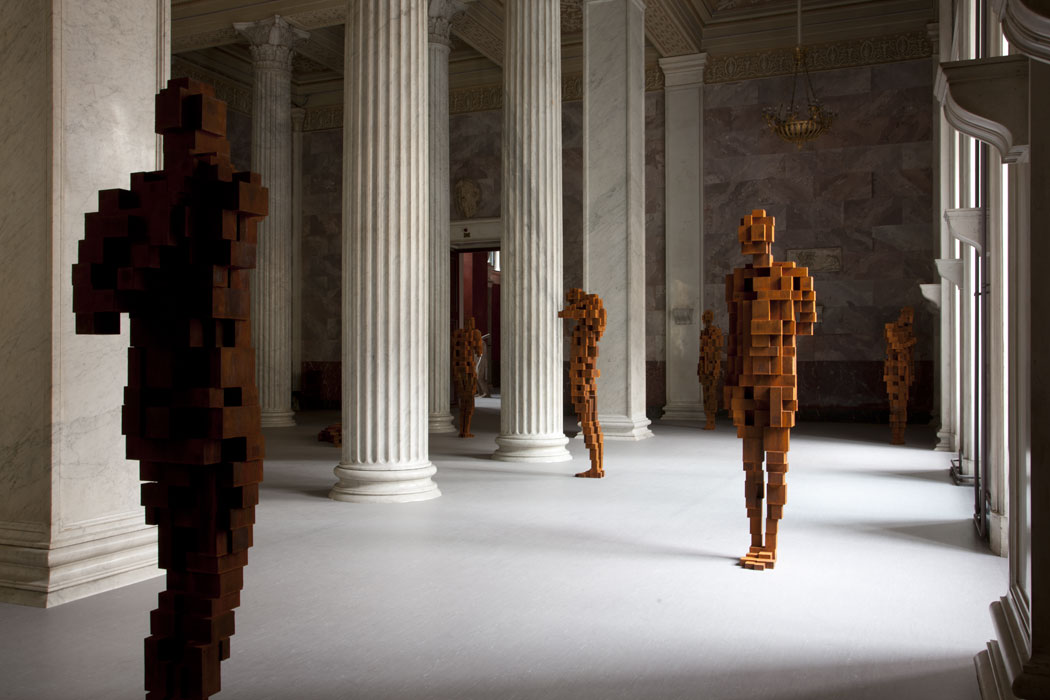
STILL STANDING, 2011
Installation view, The State Hermitage Museum, St Petersburg, Russia, 2011
Photograph by Yuri Molodkovets
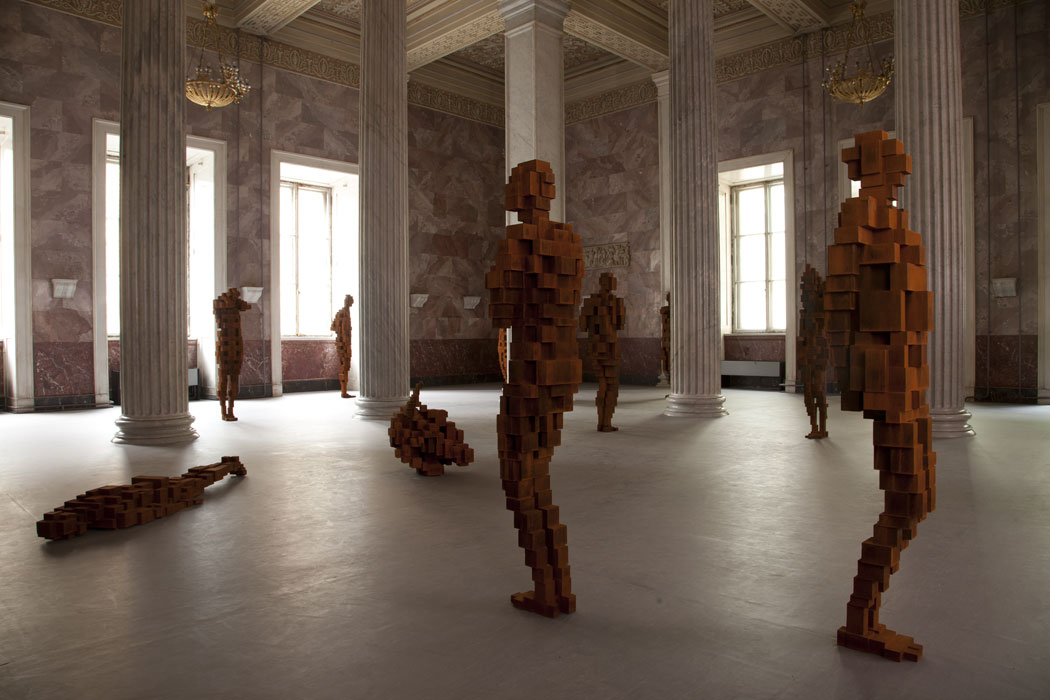
STILL STANDING, 2011
Installation view, The State Hermitage Museum, St Petersburg, Russia, 2011
Photograph by Yuri Molodkovets
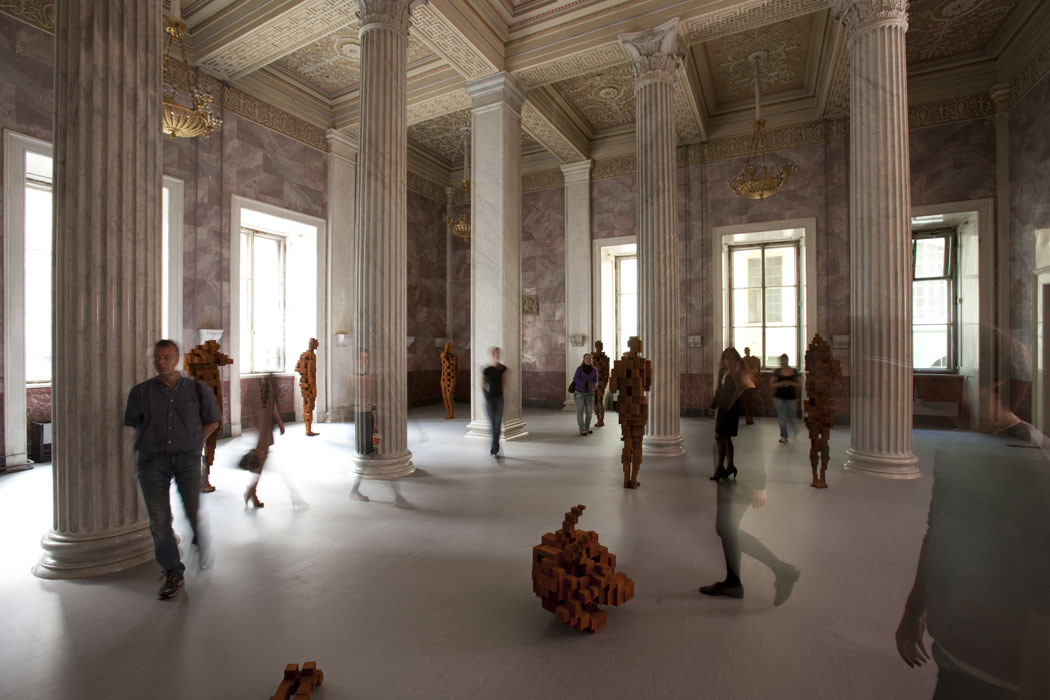
STILL STANDING, 2011
Installation view, The State Hermitage Museum, St Petersburg, Russia, 2011
Photograph by Yuri Molodkovets
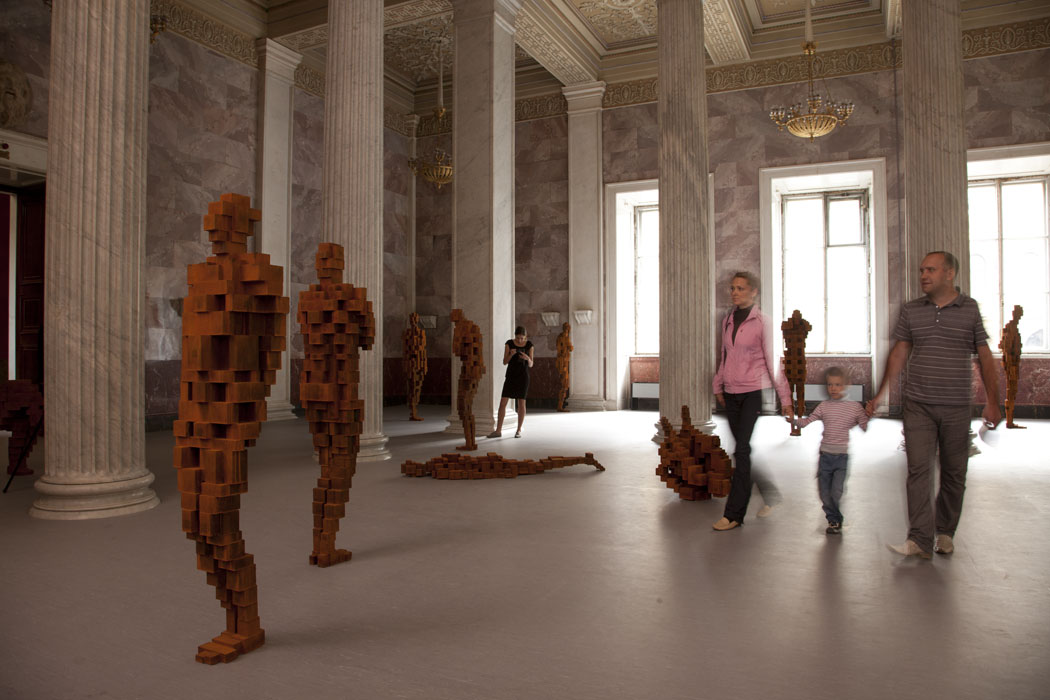
STILL STANDING, 2011
Installation view, The State Hermitage Museum, St Petersburg, Russia, 2011
Photograph by Yuri Molodkovets
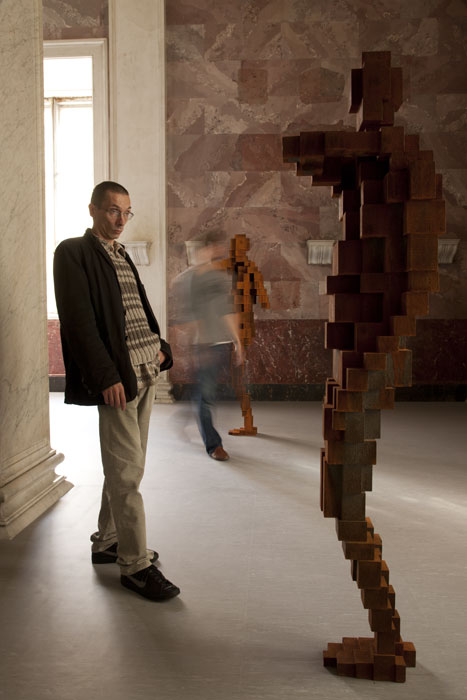
SNOOK, 2010
Cast iron
188 x 39 x 46 cm
Installation view, The State Hermitage Museum, St Petersburg, Russia, 2011
Photograph by Yuri Molodkovets
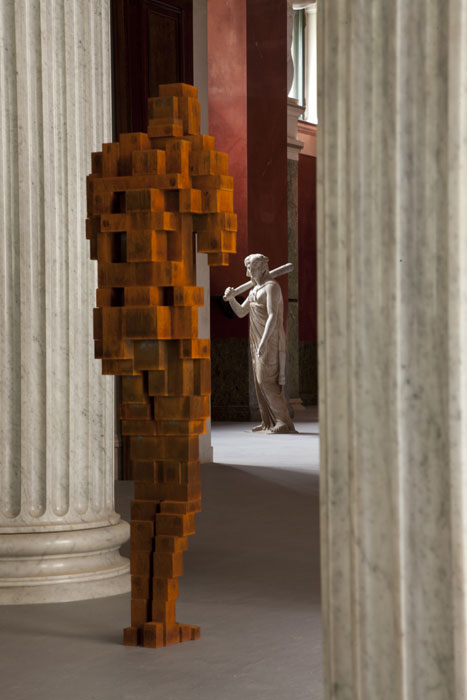
FORCE II, 2011
Cast iron
174 x 49.5 x 43 cm
Installation view, The State Hermitage Museum, St Petersburg, Russia, 2011
Photograph by Yuri Molodkovets
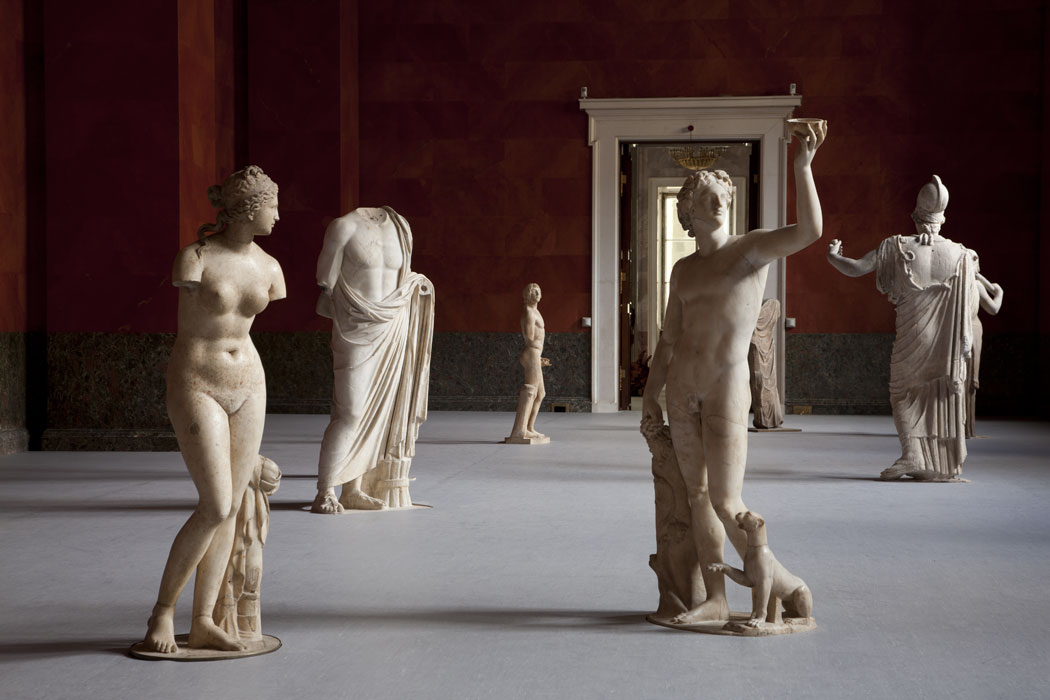
STILL STANDING, 2011
Installation view, The State Hermitage Museum, St Petersburg, Russia, 2011
Photograph by Yuri Molodkovets
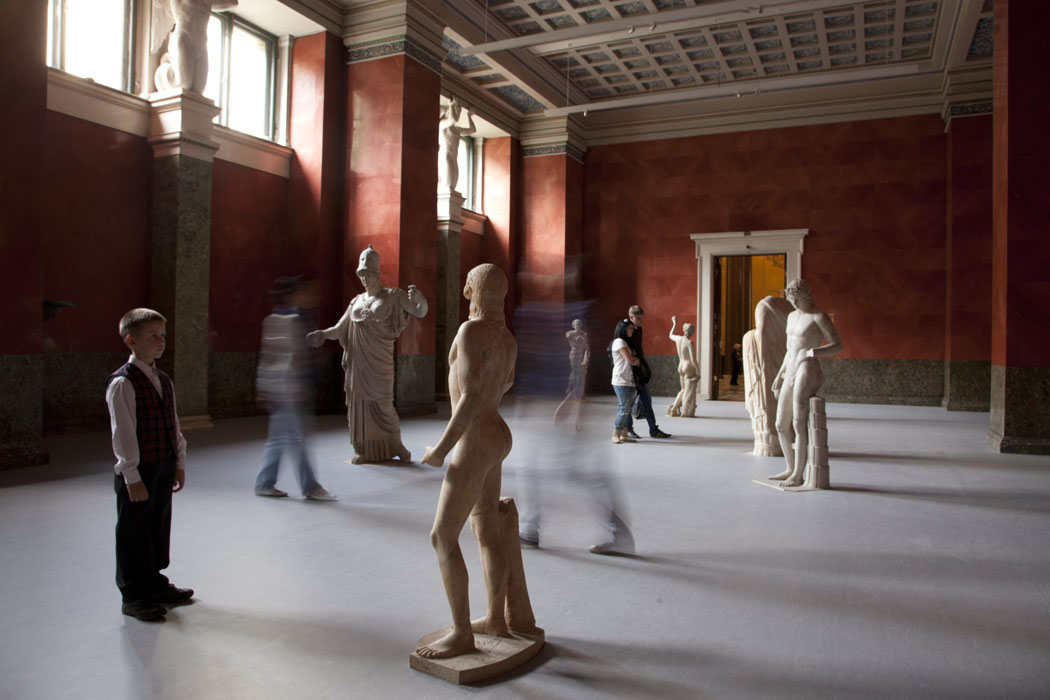
STILL STANDING, 2011
Installation view, The State Hermitage Museum, St Petersburg, Russia, 2011
Photograph by Yuri Molodkovets
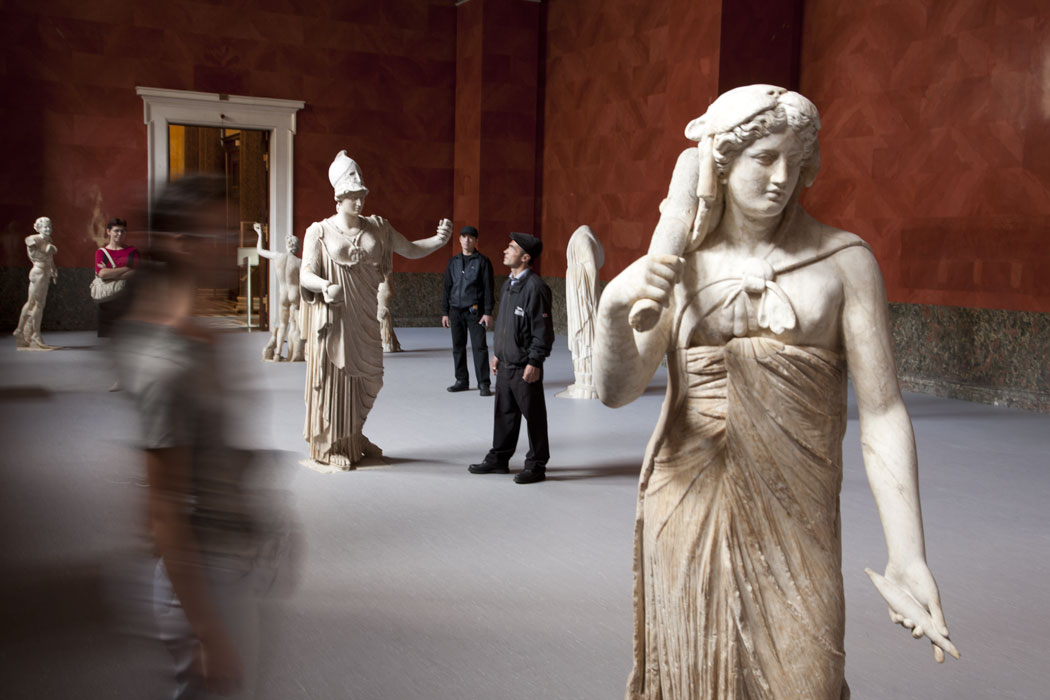
STILL STANDING, 2011
Installation view, The State Hermitage Museum, St Petersburg, Russia, 2011
Photograph by Yuri Molodkovets
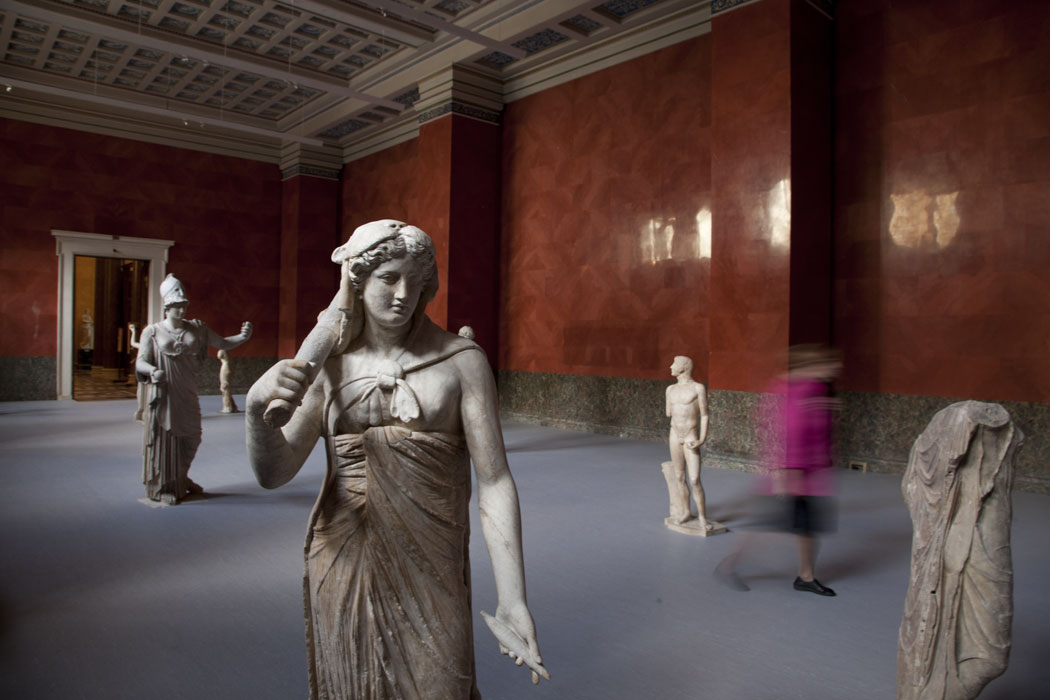
STILL STANDING, 2011
Installation view, The State Hermitage Museum, St Petersburg, Russia, 2011
Photograph by Yuri Molodkovets
